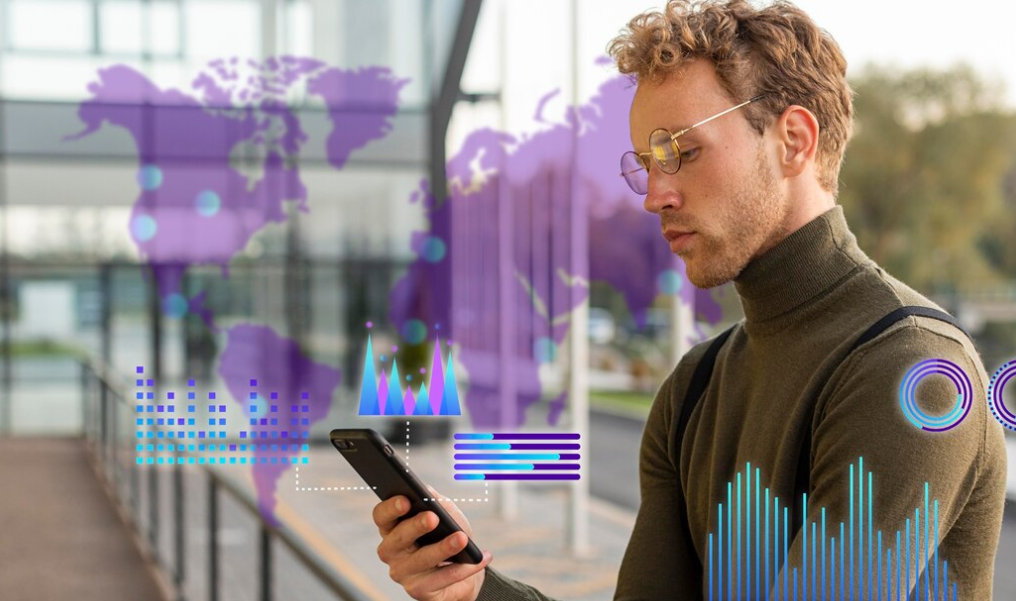The Internet of Things (IoT) has gone from a buzzword to a transformative force in everyday life. Nowhere is this more evident than in the world of home automation, where IoT devices are reshaping how we interact with our living spaces — making them smarter, safer, and more efficient.
What Is IoT in Home Automation?
The Internet of Things refers to the network of interconnected devices that communicate and exchange data over the internet. In home automation, this includes:
- Smart thermostats
- Voice-activated assistants
- Connected lighting systems
- Smart locks and security cameras
- Appliances that can be remotely controlled
These devices can be monitored and managed through smartphones, tablets, or even voice commands — creating an ecosystem of convenience.
Key Benefits of IoT in Home Automation
1. Enhanced Convenience
Imagine turning off the lights, adjusting the thermostat, and locking your doors — all with a single voice command or mobile app. IoT simplifies daily routines by automating tasks that once required manual input.
2. Energy Efficiency
Smart thermostats like Nest or Ecobee learn user behavior and adjust temperature settings to optimize energy consumption. Similarly, smart lights can turn off automatically when no one is in the room, reducing electricity bills.
3. Improved Security
IoT-enabled home security systems provide real-time alerts, remote access to cameras, and automated locking systems. You can monitor your home from anywhere in the world, increasing peace of mind.
4. Remote Control and Monitoring
From adjusting your air conditioning on the way home to checking if the oven is still on, remote access is a game-changer. IoT allows users to control and monitor home systems anytime, anywhere.
5. Integration and Customization
IoT ecosystems like Apple HomeKit, Google Home, and Amazon Alexa allow users to create custom routines. For example, a “Good Morning” routine might gradually turn on lights, start the coffee maker, and play the news.
Real-World Applications
- Smart Kitchens: IoT-enabled refrigerators can track expiration dates and suggest recipes based on available ingredients.
- Smart Bathrooms: Mirrors with built-in displays can show weather, news, or personal health data.
- Smart Gardens: Automated irrigation systems water your plants based on soil moisture levels and weather forecasts.
Challenges and Considerations
While the benefits are clear, IoT in home automation also presents certain challenges:
- Privacy and Data Security: With more devices connected, the risk of cyber threats increases. Securing networks and updating software is essential.
- Device Compatibility: Not all smart devices work seamlessly together, which can limit user experience.
- Cost: Upfront investment can be significant, though it often pays off in convenience and efficiency.
The Future of Smart Homes
As AI and machine learning become more integrated into IoT systems, smart homes will become even more intuitive. Devices will not only respond to commands but anticipate needs — learning habits and optimizing themselves accordingly.
In the coming years, expect to see homes that adjust lighting based on your mood, fridges that order groceries automatically, and fully voice-controlled environments that redefine daily living.
Conclusion
IoT is revolutionizing home automation by bringing intelligence, interconnectivity, and control into our living spaces. As technology continues to evolve, smart homes will no longer be a luxury — they will become the standard of modern living.


